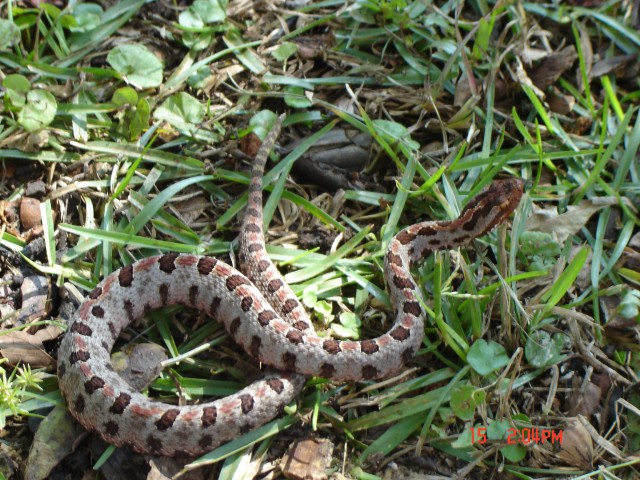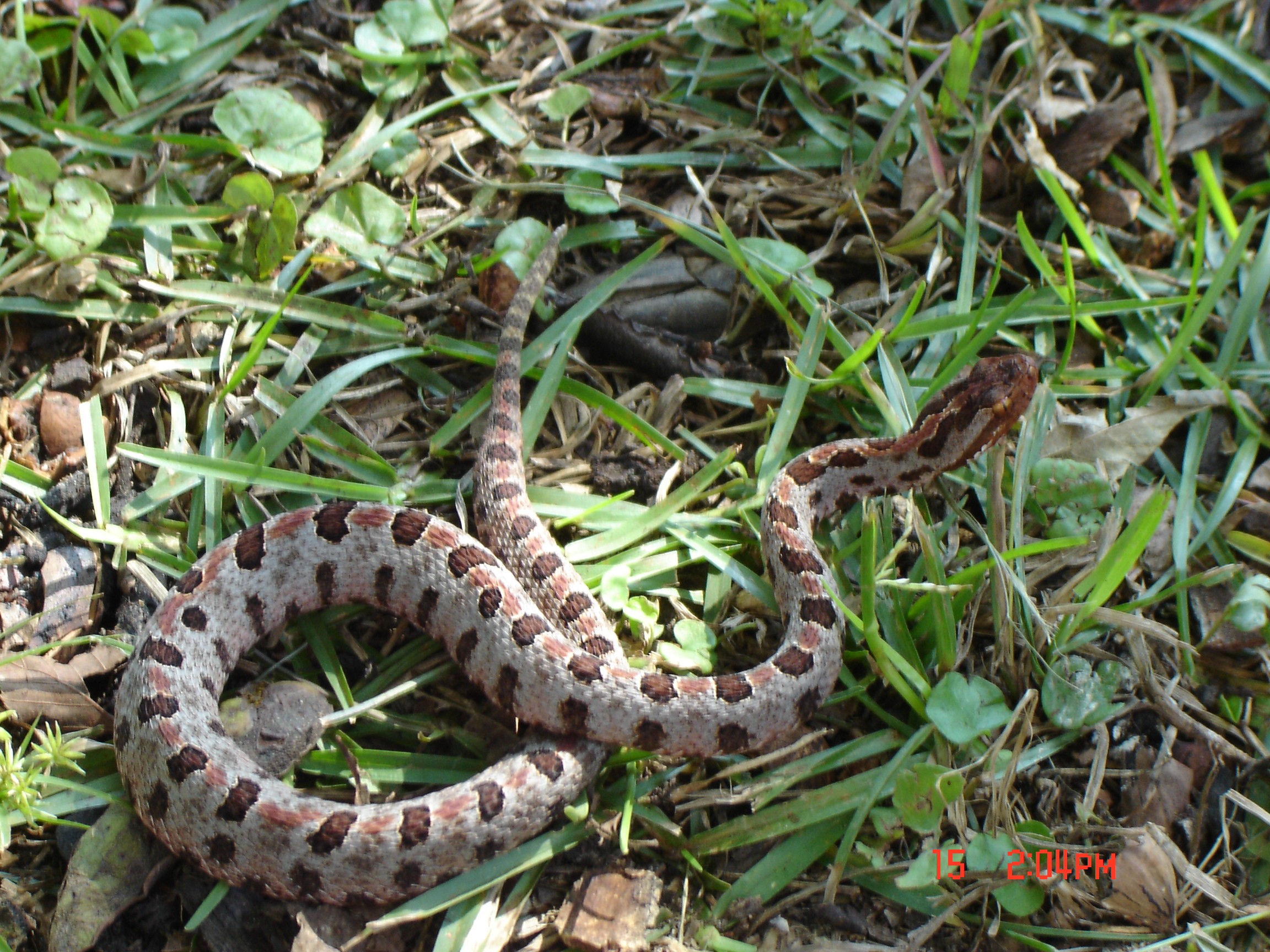
FORT JACKSON, S.C. -- Fort Jackson's more than 52,000 acres are home to more than 3,900 permanent-party Soldiers, more than 5,000 civilian employees and more than 50,000 Soldiers who train here throughout the year. Among the post's less heralded occupants are 34 documented species of snakes.
Josh Arrants, wildlife technician with the Directorate of Public Works' Environmental and Natural Resource Division, said the snakes, though much maligned and misunderstood by many, are an important part of the wildlife on post.
"They are absolutely necessary and integral to a healthy and well-balanced eco system," Arrants said. "They are here for a reason. They eat tons of rodents. If we didn't have snakes on Fort Jackson, we'd be up to our shoulders in field mice and house mice and baby rabbits and squirrels."
Four of the species found on Fort Jackson - the Pigmy rattlesnake, Copperhead, Cottonmouth and Canebreak rattlesnake - are venomous. However, Arrants said the chances of coming across one of those reptiles are relatively low.
"If somebody is going to run into a snake, it's far more likely to be a non-venomous snake," he said. "Most of the activities of the vast majority of people here (takes place) during the day, and you're less likely to run into a venomous snake during the day - as opposed to a non-venomous snake - because they're nocturnal."
In case of an encounter with any snake, Arrants advised caution, though. He explained that many non-venomous snakes mimic the look and behavior of venomous snakes, which can make correct identification difficult.
"The No. 1 rule is: Don't mess with it," he said. "If you can't 100 percent be certain of what the identification of that snake is, treat it like it's venomous."
He pointed out that snakes do not attack people unless the people are perceived to be a threat.
"It takes a lot of energy for a snake to make venom," Arrants said. "There's no sense in them wasting that really precious commodity on us unless they have to defend themselves."
Although not every snake bite is preceded by a warning, some of the signs to look for are wagging of the tail, gaping and hissing.
"If you see these posture signs of the tail wiggling or being vibrated, just start backing up slowly and give that snake a wide berth, give it space," Arrants said. "That's all it really wants, to see you no longer as any kind of threat or predator. Once that snake understands that you're not there to eat it, it's going to start backing down."
On occasion, snakes find their way into buildings in the cantonment area, said Jim Guinan, pest management coordinator with the Directorate of Public Works. Guinan estimated that his office fields on average one nuisance call every two months regarding a snake.
"We try to catch it and release it into a remote area," he said.
Guinan explained that there is no effective way to prevent snakes from entering buildings, especially if the building is surrounded by tall grass.
Arrants said that most encounters between humans and snakes do not result in bites, but shared some insight on what to do in case of an attack.
"The best snake bite kit is a set of car keys," he said. "Drive to a hospital and call 911 on the way. If you can, give as good a description (as possible) of what just bit you."
However, Arrants warned against killing the snake and taking it to the hospital because snakes can still bite and secrete venom up to several hours after death. He also advised hikers to always be aware of their exact location, carry a cell phone and remain calm if bitten.
"If you have your car keys and your cell phone and you stay calm and walk back to where your vehicle is, the chances of you being just fine are really, really high," he said.

Social Sharing